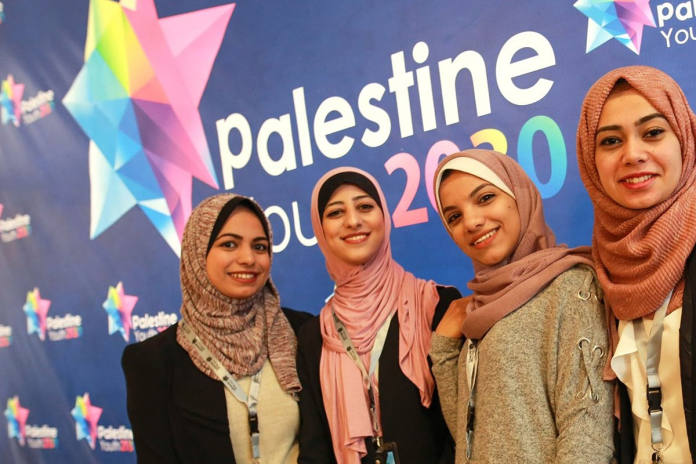The youngest countries in the Middle East are Iraq, Yemen and Palestine, where the average age of the population is less than 20 years, that is, half of them are younger and the other half are older, while the youngest countries in the world are in Africa.
Palestine, Iraq and Yemen are among the most Countries Young people in the Middle East, where the median age is 20, half are younger and half are older, while the young country has the oldest population in the world in Africa.
Palestine
Palestine has a life expectancy of 19.5 years in Gaza and 21.9 years in the West Bank. This is followed by Afghanistan with a life expectancy of 20 years, Timor-Leste with a life expectancy of 20.6 years, and Papua New Guinea with a life expectancy of 21.7 years.
Iraq
The average age in Iraq is 22 years, the population growth rate in Iraq in 2023 is about 2.27%, and the country’s current population (45.7 million people) will more than double by the end of 2085.
Yemen
The median age in Yemen is 22 years, and according to the United Nations Population Fund, young people in Yemen represent more than a quarter of society, with about 30% of the population under the age of 30. Young Yemenis suffer from lack or poor access to basic services including education and employment opportunities.
Youth Summit in Niger
The country with the youngest population in the world is Niger, with a median age of just 15 years – meaning that an equal number of people in the country are older and younger than 15. In the Middle East and Asia-Pacific, the youngest countries and territories have a median age of around 20 to 22 years, while in Europe the youngest is 32. For example, in Kosovo the median age is 32, in Albania it is 36, and in Iceland it is 38.
Old continent
The world’s oldest countries, including Japan, Italy, Spain and Germany, have a median age of 47 to 50, and are struggling with the demographic issue of a shrinking working-age population that threatens economic growth.
Africa is getting younger
The world’s 21 youngest countries are in Africa, including Uganda, Angola, and Mali, with a median age of just 16. While economic and development prospects in many African countries remain poor, with large families remaining the norm as a result, very young countries outside Africa are often caught off guard by protracted conflicts or wars, including Yemen, Iraq, and Haiti. Very young countries in Africa face the opposite problem, as their economies, institutions, and educational facilities cannot meet the needs of their large numbers of children and young people.
In the Central African nation of Niger, poverty and child marriage remain problems, and the World Bank notes that high fertility rates in poor countries can worsen health outcomes, reduce investments in human capital, and reduce economic growth. The country is working to reduce child marriage and fertility, which are traditionally associated with a chance of a richer life in the country and the region.




